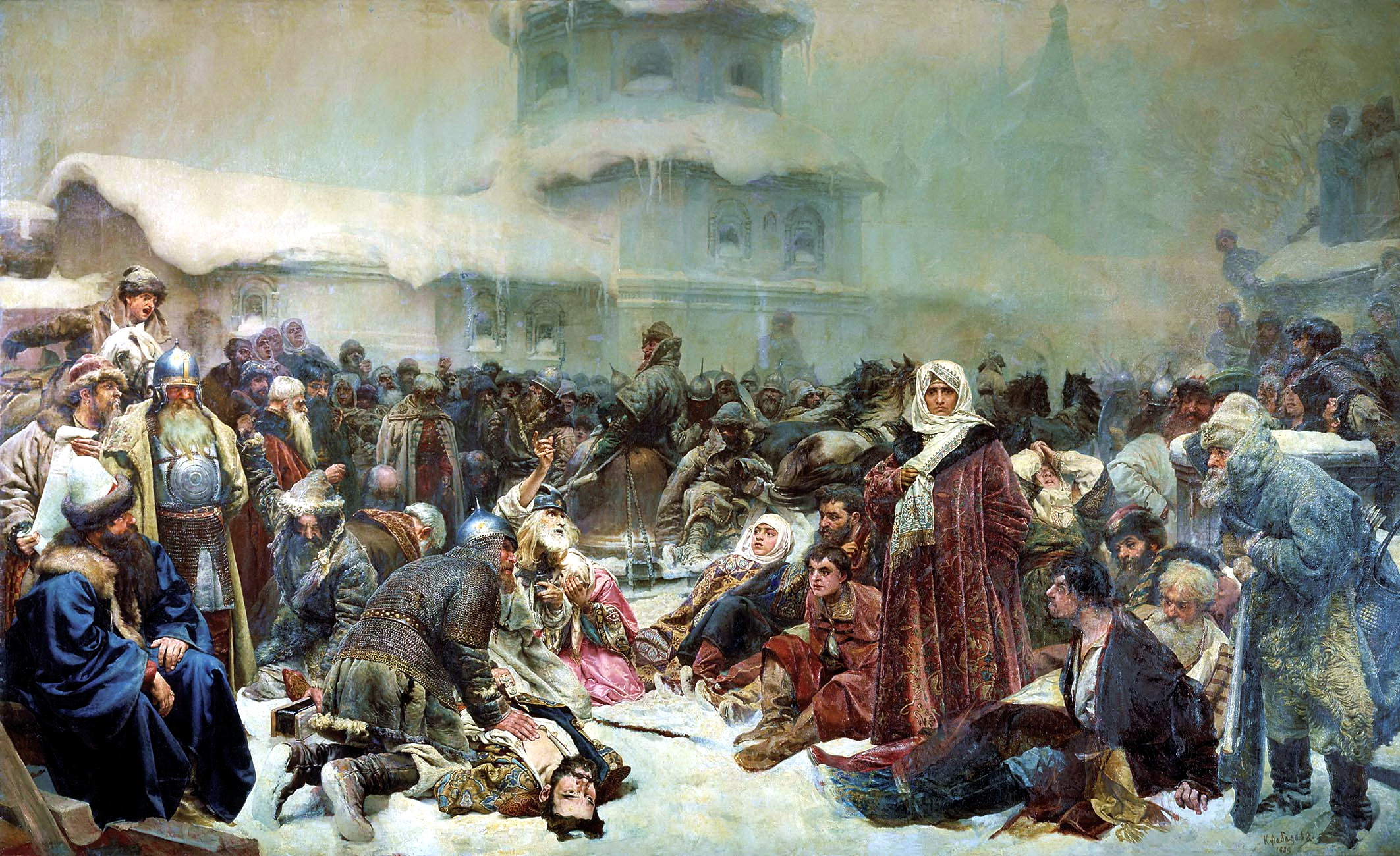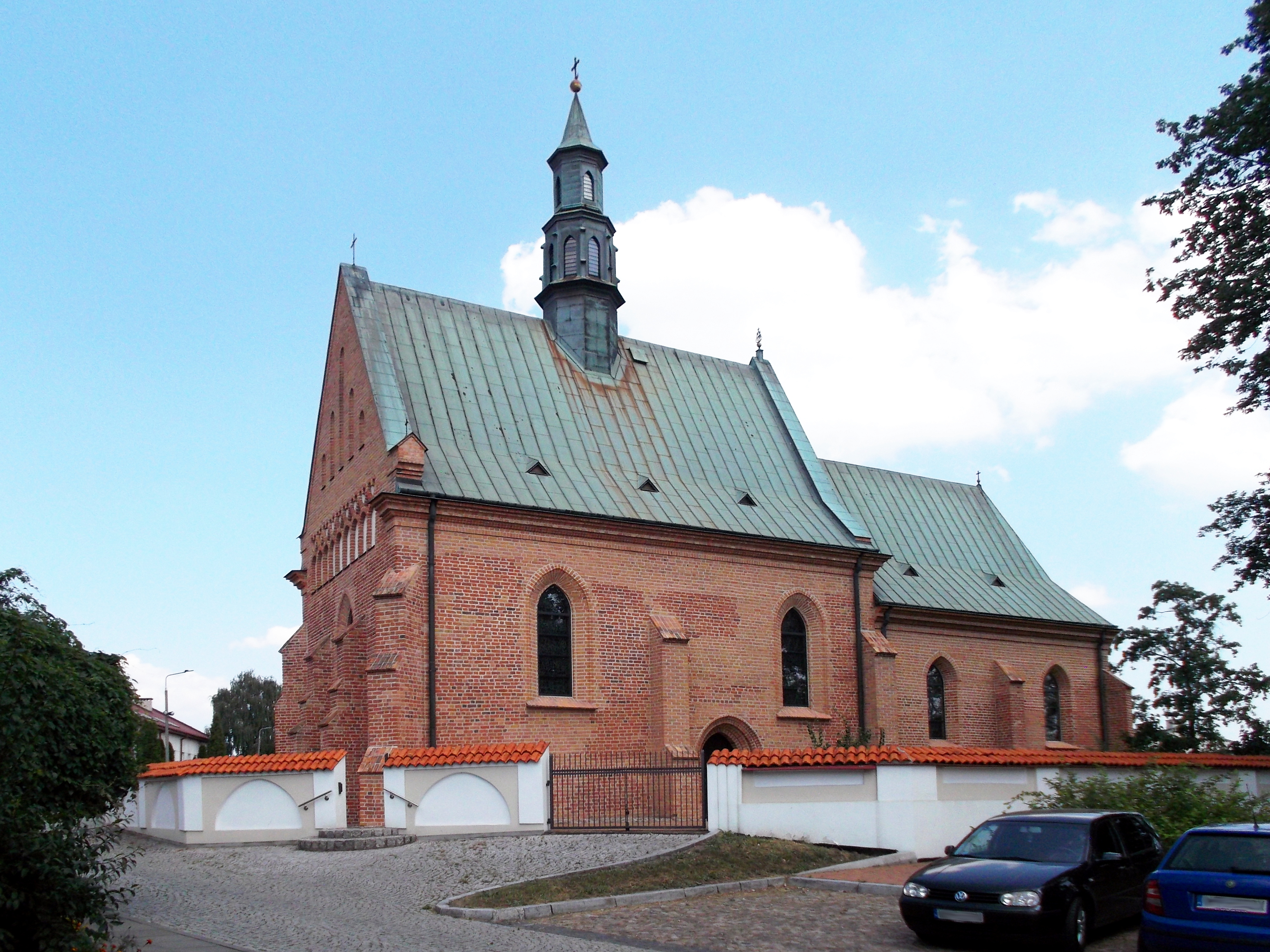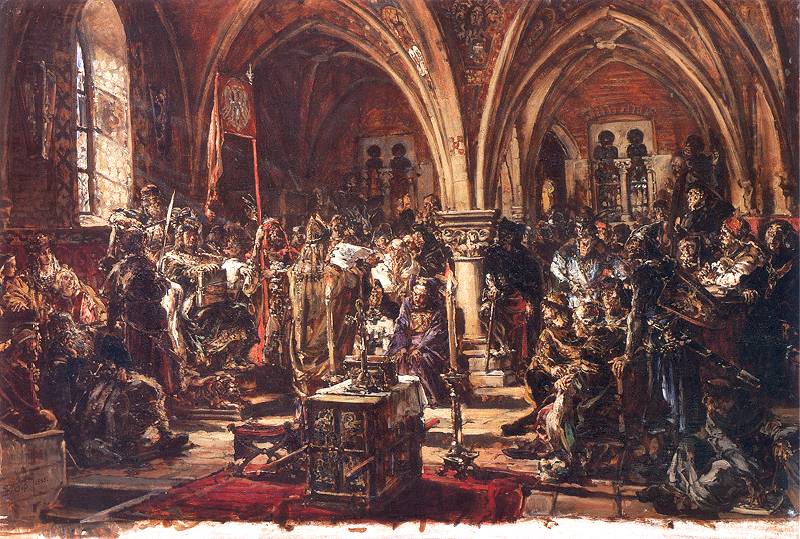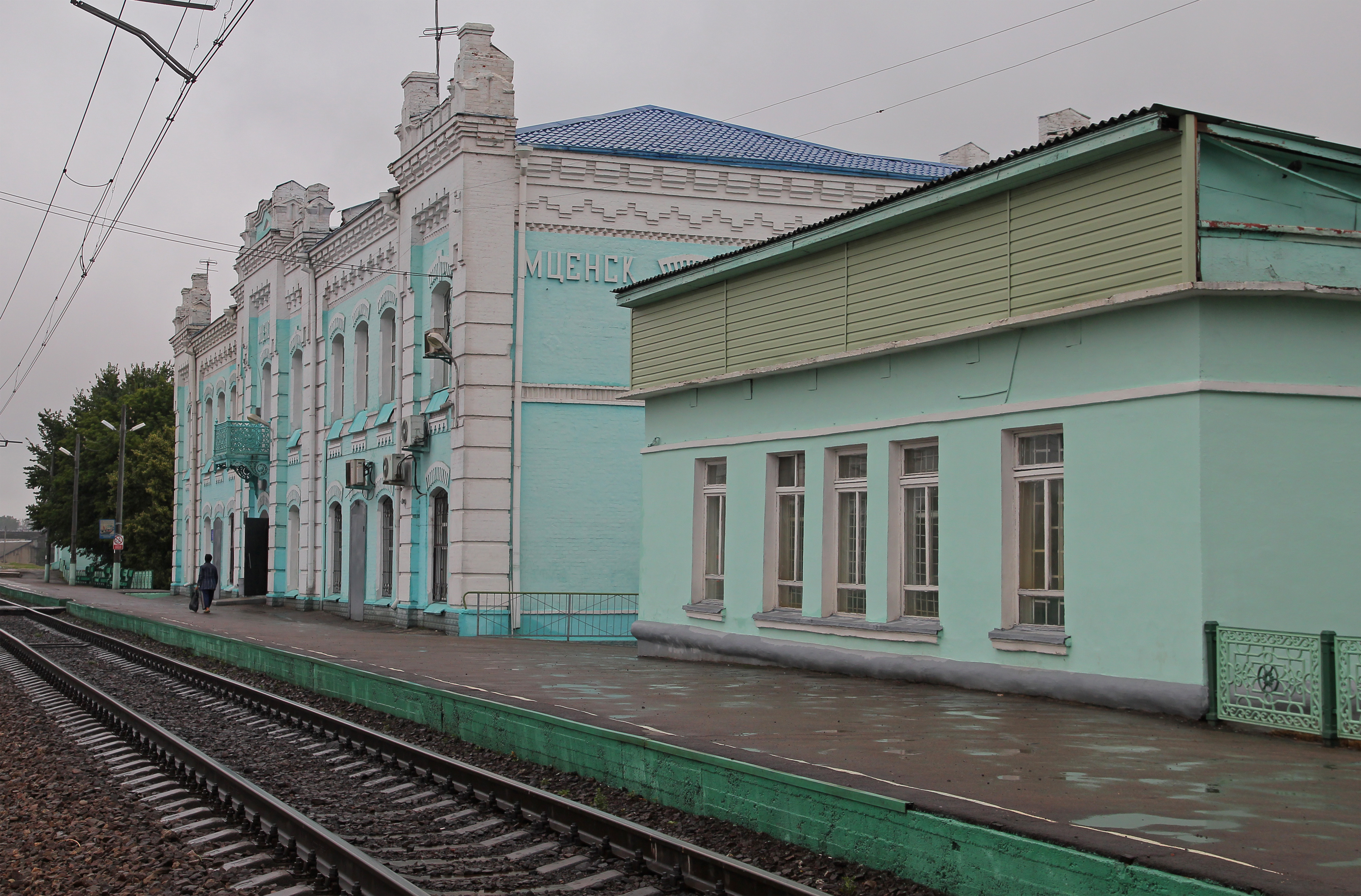|
Stanisław Kiszka
Stanisław Piotrowicz Kiszka ( lt, Stanislovas Kiška; died in 1513 or 1514) was a noble, diplomat and military commander from the Grand Duchy of Lithuania. He became the progenitor of the prominent Kiszka family. He was sent on frequent diplomatic missions to the Grand Duchy of Moscow and Kingdom of Poland. He attempted to negotiate peace during the Muscovite–Lithuanian Wars and supported a closer union between Poland and Lithuania. During the Second Muscovite–Lithuanian War (1500–03), he successfully defended Smolensk and became Great Hetman (commander of the army) until Konstanty Ostrogski escaped Russian captivity in 1507. Kiszka helped to subdue the Glinski rebellion in 1508. Shortly before his death, Kiszka also became Grand Marshal of Lithuania. Biography Kiszka's father Piotr Strumiłło died in 1486 and he inherited his positions. Kiszka started his political career as a stolnik (royal pantler) and starosta of Lida in 1488. His further career was related to the fav ... [...More Info...] [...Related Items...] OR: [Wikipedia] [Google] [Baidu] |
Kiszka Family
Kiszka (plural Kiszkowie) was a noble family (szlachta) and one of the most powerful families (magnates) of the Grand Duchy of Lithuania in the Polish–Lithuanian Commonwealth. Originating from Mazovia, the family used the Dąbrowa Coat of Arms. History In the 15th century the family moved from Mazovia to Grand Duchy of Lithuania. It reached magnate status in the 16th century. The family continued for five generations and had 29 members. The family had numerous possessions, most of them in Podlasie, Vilnius Voivodeship, Polesie and Volhynia Volhynia (also spelled Volynia) ( ; uk, Воли́нь, Volyn' pl, Wołyń, russian: Волы́нь, Volýnʹ, ), is a historic region in Central and Eastern Europe, between south-eastern Poland, south-western Belarus, and western Ukraine. Th .... Family tree Incomplete family tree is presented below: References External links * https://web.archive.org/web/20130921183324/http://mariusz.eu.pn/genealogia/rody/kiszkowie0 ... [...More Info...] [...Related Items...] OR: [Wikipedia] [Google] [Baidu] |
Ivan III Of Russia
Ivan III Vasilyevich (russian: Иван III Васильевич; 22 January 1440 – 27 October 1505), also known as Ivan the Great, was a Grand Prince of Moscow and Grand Prince of all Rus'. Ivan served as the co-ruler and regent for his blind father Vasily II from the mid-1450s before he officially ascended the throne in 1462. He multiplied the territory of his state through war and through the seizure of lands from his dynastic relatives, ended the dominance of the Tatars over Russia, renovated the Moscow Kremlin, introduced a new legal codex and laid the foundations of the Russian state. His 1480 victory over the Great Horde is cited as the restoration of Russian independence, 240 years after the fall of Kiev in the Mongol invasion of Kievan Rus'. Ivan was the first Russian ruler to style himself "tsar", albeit not as an official title. Through marriage to Sofia Paleologue, he made the double-headed eagle Russia's coat of arms and adopted the idea of Moscow as Third Ro ... [...More Info...] [...Related Items...] OR: [Wikipedia] [Google] [Baidu] |
Sigismund I The Old
Sigismund I the Old ( pl, Zygmunt I Stary, lt, Žygimantas II Senasis; 1 January 1467 – 1 April 1548) was King of Poland and Grand Duke of Lithuania from 1506 until his death in 1548. Sigismund I was a member of the Jagiellonian dynasty, the son of Casimir IV and younger brother of Kings John I Albert and Alexander I Jagiellon. He was nicknamed "the Old" in later historiography to distinguish him from his son and successor, Sigismund II Augustus. Sigismund was born in the town of Kozienice in 1467 as the fifth son of Casimir IV and his wife Elizabeth of Austria. He was one of thirteen children and was not expected to assume the throne after his father. Sigismund's eldest brother and rightful heir Vladislaus II instead became the King of Bohemia, Hungary and Croatia as the successor to George of Poděbrady in Bohemia and then to Matthias Corvinus in Hungary, thus temporarily uniting these kingdoms. When Casimir died, the Polish-Lithuanian realm was divided between the remain ... [...More Info...] [...Related Items...] OR: [Wikipedia] [Google] [Baidu] |
Lublin
Lublin is the ninth-largest city in Poland and the second-largest city of historical Lesser Poland. It is the capital and the center of Lublin Voivodeship with a population of 336,339 (December 2021). Lublin is the largest Polish city east of the Vistula River and is about to the southeast of Warsaw by road. One of the events that greatly contributed to the city's development was the Polish-Lithuanian Union of Krewo in 1385. Lublin thrived as a centre of trade and commerce due to its strategic location on the route between Vilnius and Kraków; the inhabitants had the privilege of free trade in the Grand Duchy of Lithuania. The Lublin Parliament session of 1569 led to the creation of a real union between the Crown of the Kingdom of Poland and the Grand Duchy of Lithuania, thus creating the Polish–Lithuanian Commonwealth. Lublin witnessed the early stages of Reformation in the 16th century. A Calvinist congregation was founded and groups of radical Arians appeared in the city ... [...More Info...] [...Related Items...] OR: [Wikipedia] [Google] [Baidu] |
Radom
Radom is a city in east-central Poland, located approximately south of the capital, Warsaw. It is situated on the Mleczna River in the Masovian Voivodeship (since 1999), having previously been the seat of a separate Radom Voivodeship (1975–1998). Radom is the fourteenth-largest city in Poland and the second-largest in its province with a population of 206,946 as of 2021. For centuries, Radom was part of the Sandomierz Province of the Kingdom of Poland and the later Polish–Lithuanian Commonwealth. Despite being part of the Masovian Voivodeship, the city historically belongs to Lesser Poland. It was a significant center of administration, having served as seat of the Crown Council which ratified the Pact of Vilnius and Radom between Lithuania and Poland in 1401. The Nihil novi and Łaski's Statute were adopted by the Sejm at Radom's Royal Castle in 1505. In 1976, it was a center of the June 1976 protests. The city is home to the biennial Radom Air Show, the largest air sho ... [...More Info...] [...Related Items...] OR: [Wikipedia] [Google] [Baidu] |
Battle Of Vedrosha
The Battle of the Vedrosha River was a battle in the course of the Russo-Lithuanian war of 1500–1503 which ended with a decisive Russian victory and proved to be of strategic significance. It was carried out on 14 July 1500, some 50 km to the west of Kaluga, between forces of the Grand Duchy of Lithuania, under command of Prince Konstantin Ostrozhsky and Russian (Muscovite) army under Prince Daniil Shchenya.''The Muscovite Dynastic Crisis of 1497-1502'', John V. A. Fine Jr., Canadian Slavonic Papers, Vol. 8, (1966), 213. The skilled Russian commander employed similar tactics that proved successful for the Russian army in the Battle of Kulikovo. Vedrosha was a crushing victory for the Russians. Some 8,000 Lithuanians were killed, and many more were taken prisoner, including Prince Konstantin Ostrogski, the first ever Grand Hetman of Lithuania. After the battle the Lithuanians lost the possibility for military initiative and restricted themselves to defensive actions. Co ... [...More Info...] [...Related Items...] OR: [Wikipedia] [Google] [Baidu] |
Union Of Mielnik
The Act of Mielnik or Union of Mielnik was an attempt to unite the Kingdom of Poland with the Grand Duchy of Lithuania in 1501. It was not ratified by the Lithuanian Seimas or by the Polish Sejm (see Łaski's Statute). The Act of Mielnik remained just a political project. Despite the failure to unify two countries into a single state, Poland and Lithuania were under a personal union until the Union of Lublin of 1569. Provisions After death of John I Albert, King of Poland, his brother Alexander Jagiellon, Grand Duke of Lithuania, became the most suitable candidate for the new king. Such a move would revive the Polish–Lithuanian union, a personal union between the two states. However, Alexander's ambitions went further. The Act of Mielnik was drafted by Polish and Lithuanian diplomats on 3 October 1501 in Piotrków and confirmed on 23 October 1501 by Alexander (who was already elected as the Polish King but not yet crowned) and few members of the Lithuanian Council of Lords. On ... [...More Info...] [...Related Items...] OR: [Wikipedia] [Google] [Baidu] |
John I Albert
John I Albert ( pl, Jan I Olbracht; 27 December 1459 – 17 June 1501) was King of Poland from 1492 until his death in 1501 and Duke of Głogów (Glogau) from 1491 to 1498. He was the fourth Polish sovereign from the Jagiellonian dynasty, the son of Casimir IV and his wife Elizabeth of Austria. As a kin to the House of Habsburg, John Albert was groomed to become emperor in the Holy Roman Empire, a plan which ultimately failed. He was well-educated and tutored by scholars such as Johannes Longinus and Callimachus, whom he subsequently befriended. Heavily influenced by the Italian Renaissance, John sought to strengthen royal authority at the expense of the Catholic Church and the clergy. In 1487, he led a force against the Ottoman Empire and defeated the Tatars of the Crimean Khanate during the early phase of the Polish–Ottoman War. In the aftermath of the Bohemian–Hungarian War, John unsuccessfully attempted to usurp Hungary from his elder brother Vladislaus but was inst ... [...More Info...] [...Related Items...] OR: [Wikipedia] [Google] [Baidu] |
Sejm Of The Kingdom Of Poland
The General Sejm ( pl, Sejm walny, also translated as the General Parliament) was the parliament of the Kingdom of Poland. It had evolved from the earlier institution of '' Curia Regis'' (King's Council) and was one of the primary elements of democratic governance in the Polish dominion. Initially established in 1386, it officially functioned as a bicameral diet since the formation of the Senate in 1493. The Sejm was composed of members of the royal council or king's court (the royal court, who played the largest role), provincial crown offices such as castellans, voivodes and higher nobility or magnates (the aristocratic element represented by the senate, upper house), members of the nobility who did not hold any crown offices and city council representatives (the democratic element represented by the lower house or chamber of deputies). These were the so-called three parliamentary states: the king, the senate and the parliamentary chamber. The Sejm was a powerful political ins ... [...More Info...] [...Related Items...] OR: [Wikipedia] [Google] [Baidu] |
Mtsensk
Mtsensk (russian: Мценск) is a town in Oryol Oblast, Russia, located on the Zusha River (a tributary of the Oka) northeast of Oryol, the administrative center of the oblast. Population: 28,000 (1970). History It was first mentioned in the Nikon Chronicle in 1146 as a part of the Principality of Chernigov. The name comes from the Mtsena River, a tributary of the Zusha, beside which the fortress stood. In 1238, Mtsensk was destroyed by Batu Khan. Since 1320, it was under the rule of Lithuania, eventually becoming a part of the Muscovy in 1505. Since the beginning of the 19th century, Mtsensk was rapidly developing as an industrial town. During Operation Barbarossa, German armoured forces captured the town in the fall of 1941. In particular, troops of the 3rd Panzer Division, 4th Panzer Division, and Infantry Regiment Großdeutschland saw combat in the immediate vicinity. During the Battle of Kursk in 1943, Mtsensk served as the primary war zone. On 20 July 1943, Mtse ... [...More Info...] [...Related Items...] OR: [Wikipedia] [Google] [Baidu] |
Vilnius
Vilnius ( , ; see also other names) is the capital and largest city of Lithuania, with a population of 592,389 (according to the state register) or 625,107 (according to the municipality of Vilnius). The population of Vilnius's functional urban area, which stretches beyond the city limits, is estimated at 718,507 (as of 2020), while according to the Vilnius territorial health insurance fund, there were 753,875 permanent inhabitants as of November 2022 in Vilnius city and Vilnius district municipalities combined. Vilnius is situated in southeastern Lithuania and is the second-largest city in the Baltic states, but according to the Bank of Latvia is expected to become the largest before 2025. It is the seat of Lithuania's national government and the Vilnius District Municipality. Vilnius is known for the architecture in its Old Town, declared a UNESCO World Heritage Site in 1994. The city was noted for its multicultural population already in the time of the Polish–Lithuanian ... [...More Info...] [...Related Items...] OR: [Wikipedia] [Google] [Baidu] |
Lithuanian Council Of Lords
The Lithuanian Council of Lords ( be, Паны-Рада, lt, Ponų taryba) was the main permanent institution of central government in the Grand Duchy of Lithuania active in its capital city of Vilnius. It had originated from the advisory Council of the Grand Duke, established by Vytautas the Great in the early 15th century. During the reign of Casimir Jagiellon it was renamed to the Council of Lords. Under the Union of Lublin of 1569, the Council formally became a constituent part of the Polish–Lithuanian Senates (see also Offices in the Polish-Lithuanian Commonwealth), together with the Royal Council of Poland, but it continued to operate ''de facto'' until the mid-17th century. Competence The Council carried out the functions of the Grand Duke after his death and had a supreme authority in the Grand Duchy of Lithuania until a new Grand Duke was appointed, as well as organised his appointment. The first appointed ruler was Casimir Jagiellon, who in exchange expanded the counc ... [...More Info...] [...Related Items...] OR: [Wikipedia] [Google] [Baidu] |







